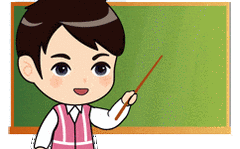
There is a distinction between Wind-Heat and Wind-Cold colds.
It is not easy for non-professionals to differentiate between Wind-Heat and Wind-Cold colds.
When using medication, the distinction between cold and heat is often unclear.
This is why some people recover after taking medicine, while others may experience adverse effects.
Today, we will explore how ordinary people can distinguish between Wind-Cold and Wind-Heat colds
and how to choose the appropriate medication.

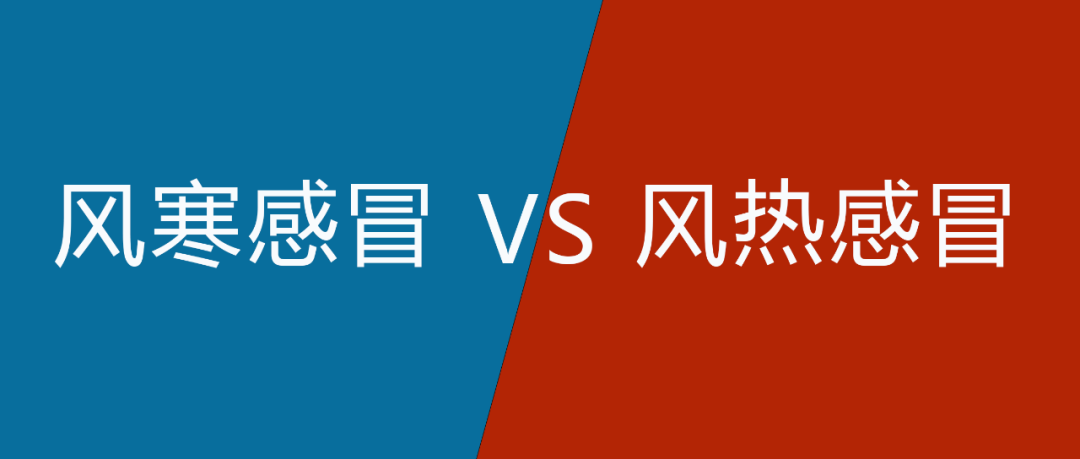
Wind-Cold Cold


Wind-Cold cold, commonly known as a “cool cold,” primarily presents symptoms such as sneezing, nasal congestion, and a large amount of clear, watery nasal discharge, with significant aversion to wind or cold, mild fever, no sweating, and general body aches or discomfort. Some patients may also experience dry throat, cough, white phlegm, fatigue, and headaches, with a pale tongue and thin white coating, and a floating pulse.
There are many types and formulations of traditional Chinese medicine (TCM) available for treating colds.
Although many TCM products are named based on their effects,
can we directly choose TCM based on the medication’s action?
Some TCM products are specifically targeted at certain patterns of colds,
so it is essential to differentiate them.
How should one choose medication when purchasing?
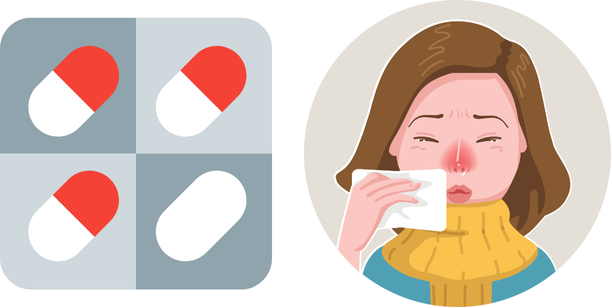
1
Wind-Cold Cold Granules

The main ingredients include Ma Huang (Ephedra), Gui Zhi (Cinnamon Twig), Fang Feng (Siler), Bai Zhi (Angelica Dahurica), Zi Su Ye (Perilla Leaf), Ku Xing Ren (Bitter Apricot Seed), Ge Gen (Kudzu Root), Chen Pi (Aged Tangerine Peel), Jie Geng (Platycodon Root), Gan Cao (Licorice), and Gan Jiang (Dried Ginger). It has the effects of releasing the exterior and inducing sweating, dispersing wind and dispelling cold, and can be used to treat Wind-Cold colds with symptoms of fever, headache, aversion to cold, no sweating, cough, nasal congestion, and clear nasal discharge.
2
Shang Feng Ting Capsules

The main ingredients include Ma Huang (Ephedra), Jing Jie (Schizonepeta), Bai Zhi (Angelica Dahurica), Chao Cang Zhu (Fried Atractylodes), Chen Pi (Aged Tangerine Peel), and Gan Cao (Licorice). It has the effect of dispersing wind and cold, and can be used to treat external Wind-Cold with symptoms of aversion to cold and fever, headache, nasal congestion, clear nasal discharge, body aches, itchy throat, cough, clear phlegm, as well as upper respiratory infections and cold rhinitis with the aforementioned symptoms.
3
Cold Soft Capsules

The main ingredients include Qiang Huo (Notopterygium), Ma Huang (Ephedra), Gui Zhi (Cinnamon Twig), Jing Jie Sui (Schizonepeta Flower), Fang Feng (Siler), Bai Zhi (Angelica Dahurica), Ge Gen (Kudzu Root), Bo He (Peppermint), Chuan Xiong (Szechuan Lovage), Shi Chang Pu (Acorus), Ku Xing Ren (Bitter Apricot Seed), Dang Gui (Angelica Sinensis), Huang Qin (Scutellaria), and Jie Geng (Platycodon Root). It has the effect of dispersing wind and relieving heat, and can be used to treat headaches and fever caused by external Wind-Cold, nasal congestion, clear nasal discharge, aversion to cold without sweating, joint aches, and sore throat.
It is important to note that Ma Huang (Ephedra) can raise blood pressure and increase heart rate, so patients with hypertension or rapid heart rate should use the above medications with caution.
Wind-Heat Cold
Wind-Heat cold is caused by the invasion of Wind-Heat. In TCM, Wind-Heat cold is considered a pattern caused by the invasion of Wind-Heat evil. Symptoms may include: high fever, mild aversion to cold (or slight aversion to wind), dry and painful throat, even redness and swelling of the throat and tonsils, nasal congestion with yellow nasal discharge, thirst, desire to drink water, and thick phlegm, with a thin yellow coating on the tongue.
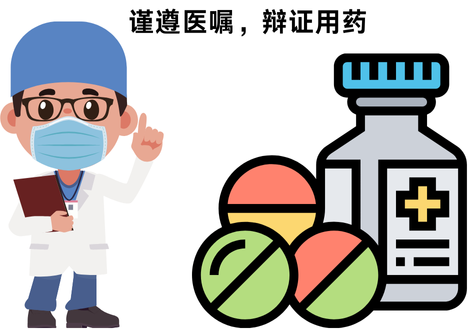
1
Lianhua Qingwen Capsules/Granules/Tablets

The main ingredients include Lian Qiao (Forsythia), Jin Yin Hua (Honeysuckle), Zhi Ma Huang (Prepared Ephedra), Chao Ku Xing Ren (Fried Bitter Apricot Seed), Shi Gao (Gypsum), Ban Lan Gen (Isatis Root), Mian Ma Guan Zhong (Lysimachia), Yu Xing Cao (Houttuynia), Guang Huo Xiang (Patchouli), Da Huang (Rhubarb), Hong Jing Tian (Rhodiola), Bo He (Peppermint), and Gan Cao (Licorice). It has the effects of clearing epidemic toxins and detoxifying, promoting lung function and relieving heat, and can be used to treat influenza with symptoms of fever or high fever, aversion to cold, muscle aches, nasal congestion with yellow discharge, cough, headache, dry and painful throat, red tongue, and yellow or greasy coating.
2
Wind-Heat Cold Granules

The main ingredients include Ban Lan Gen (Isatis Root), Lian Qiao (Forsythia), Bo He (Peppermint), Jing Jie Sui (Schizonepeta Flower), Sang Ye (Mulberry Leaf), Lu Gen (Reed Rhizome), Niu Bang Zi (Burdock Seed), Ju Hua (Chrysanthemum), Ku Xing Ren (Bitter Apricot Seed), Sang Zhi (Mulberry Branch), and Liu Shen Qu (Fermented Barley). It has the effects of dispersing wind, clearing heat, and relieving throat toxicity, and can be used to treat Wind-Heat colds with symptoms of fever, sweating, nasal congestion, headache, sore throat, cough, and excessive phlegm.
3
Yin Qiao San

The main ingredients include Jin Yin Hua (Honeysuckle), Lian Qiao (Forsythia), Jie Geng (Platycodon Root), Bo He (Peppermint), Dan Dou Chi (Fermented Soybean), Dan Zhu Ye (Lophatherum), Niu Bang Zi (Burdock Seed), Jing Jie (Schizonepeta), Lu Gen (Reed Rhizome), and Gan Cao (Licorice). It has the effects of dispersing wind and clearing heat, detoxifying, and can be used to treat Wind-Heat colds with symptoms of fever, headache, dry cough, sore throat, and short, red urine.
4
Yin Qiao Jie Du Pian/Wan/Granules/Capsules

The main ingredients include Jin Yin Hua (Honeysuckle), Lian Qiao (Forsythia), Bo He (Peppermint), Jing Jie (Schizonepeta), Dan Dou Chi (Fermented Soybean), Chao Niu Bang Zi (Fried Burdock Seed), Jie Geng (Platycodon Root), Dan Zhu Ye (Lophatherum), and Gan Cao (Licorice). It has the effects of dispersing wind, relieving the exterior, clearing heat, and detoxifying. It can be used to treat Wind-Heat colds with symptoms of fever, headache, cough, dry mouth, and sore throat.
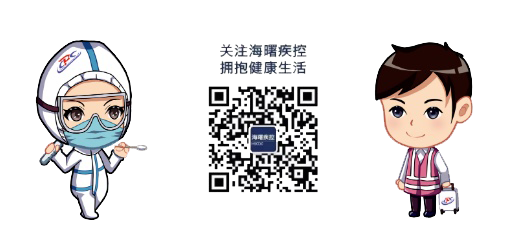
Source: Health Education Department
From: China Food and Drug Administration Journal, China Pharmaceutical Journal
Editor: Wang Xiaomin
Chief Editor: Shu Qingqing
Final Review: Tang Qianru

Follow for more comprehensive knowledge on science popularization.


